When to Replace Your Running Shoes: Let's Talk
listen up all you runners! We've all been there – that moment when you wonder if it's time to say goodbye to your trusty old running shoes and welcome a fresh pair into your life. Well, with many peoples fall running season winding down and winter training starting up in a month or two, let’s talk!
Mileage Matters
So, you know, one of the most common things people talk about is mileage. On average, running shoes tend to last around 300-500 miles. But it's not a one-size-fits-all deal. If you're lighter, you might squeeze more miles out of your shoes. If you're carrying a bit more weight, they might need to retire sooner.
Visible Wear and Tear
Now, here's the fun part: inspecting your shoes. Take a good look – do you see any signs of wear and tear? Look for things like worn-out treads, wrinkles in the midsole, separated soles, or any holes or tears in the upper. Those are pretty clear signs that it might be time for a new pair.
Feeling Uncomfortable?
Ever experienced discomfort or pain during or after your runs? If it's not due to overtraining or an injury, your shoes might be the culprits. As they lose their cushioning and support, they just can't protect you like they used to. When Dr. Luc was running with uOttawa track “how old are your shoes?” was the coaches first question when we complained of discomfort. As college kids we stretched the life of our shoes too far and replacing them often took care of minor bumps and bruises. Of course, if this doesn’t help seek the help of a professional!
Stability Counts
You know how running shoes are supposed to keep you stable and supported? If you start noticing that they aren't doing their job anymore – like your feet rolling too much inward or outward – well, that's another sign you should be considering new shoes.
A Change in Running Focus
Have you switched things up? Maybe you've gone from road running to hitting the trails. Different terrains need different shoes, so make sure your shoes match your current running discipline.
The Squish Test
Here's a fun one – the "squish" test. Just press your thumb into the midsole. If it feels all flat and doesn't bounce back, your shoes might be past their prime in the cushioning department.
Time Matters
Yes, time is another factor. Even if you're not running regularly, the materials in your shoes can age and lose their oomph. As a rule of thumb, consider getting a new pair every 12-18 months, even if you haven't hit the recommended mileage.
In Conclusion
So, there you have it! Replacing your running shoes isn't just about looking good. It's about keeping your feet happy and enjoying your runs without risking injuries. Listen to your shoes, listen to your body, and remember – investing in new running shoes is a small price to pay for a more comfortable and injury-free run. So, next time you're lacing up, take a moment to check if it's time to bring in a fresh pair of kicks. Your feet will definitely thank you for it!
